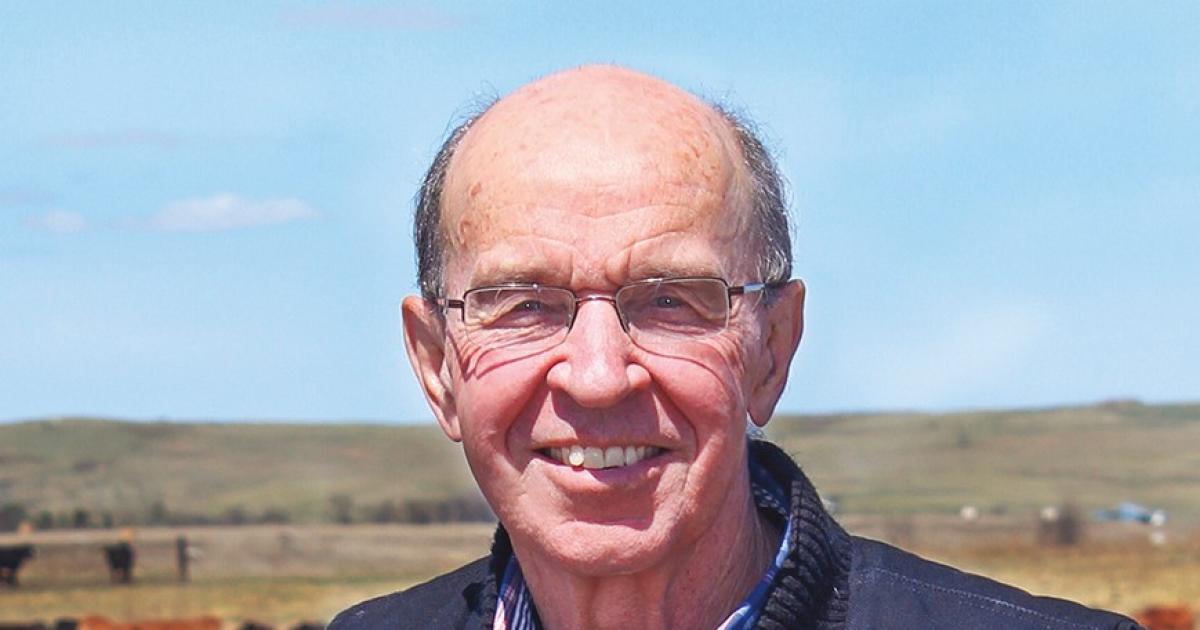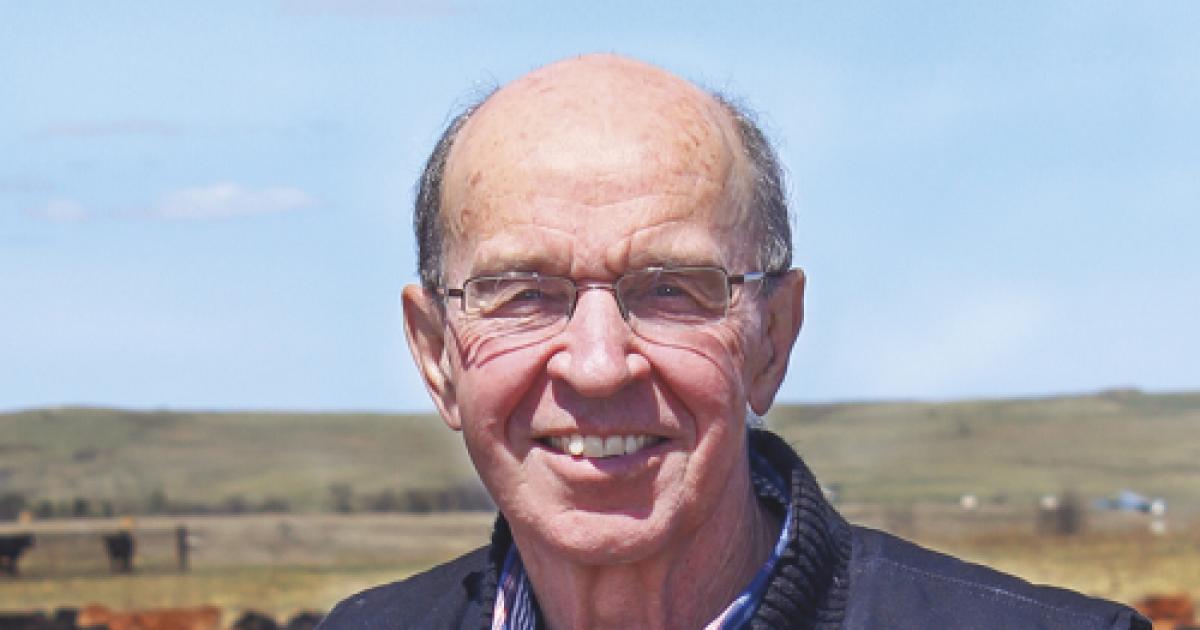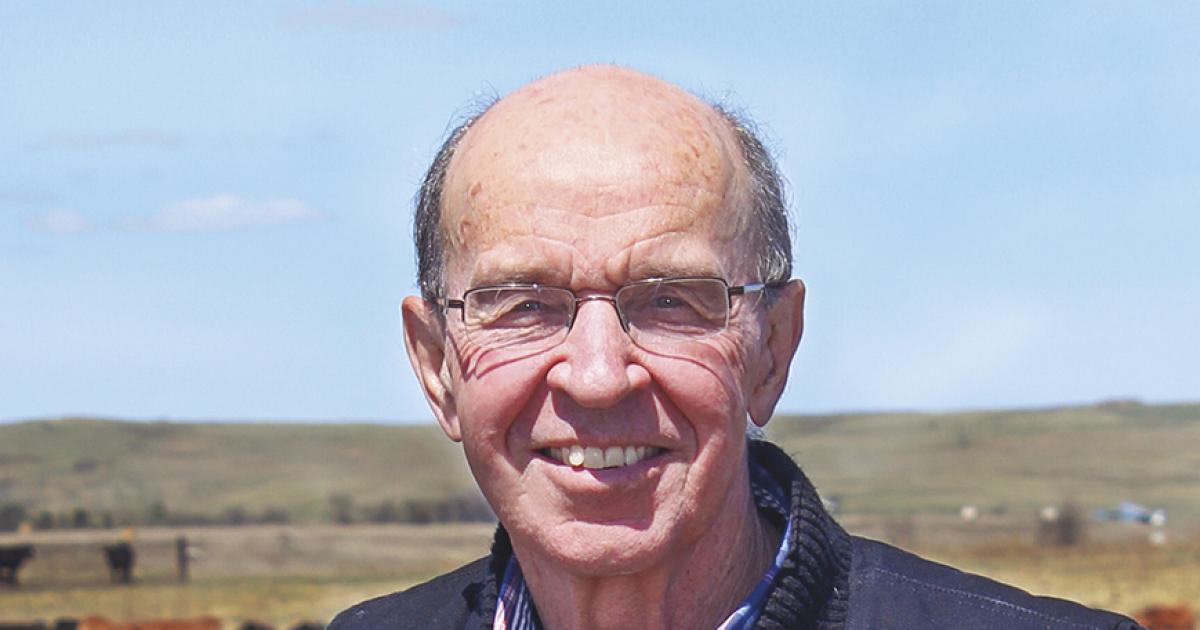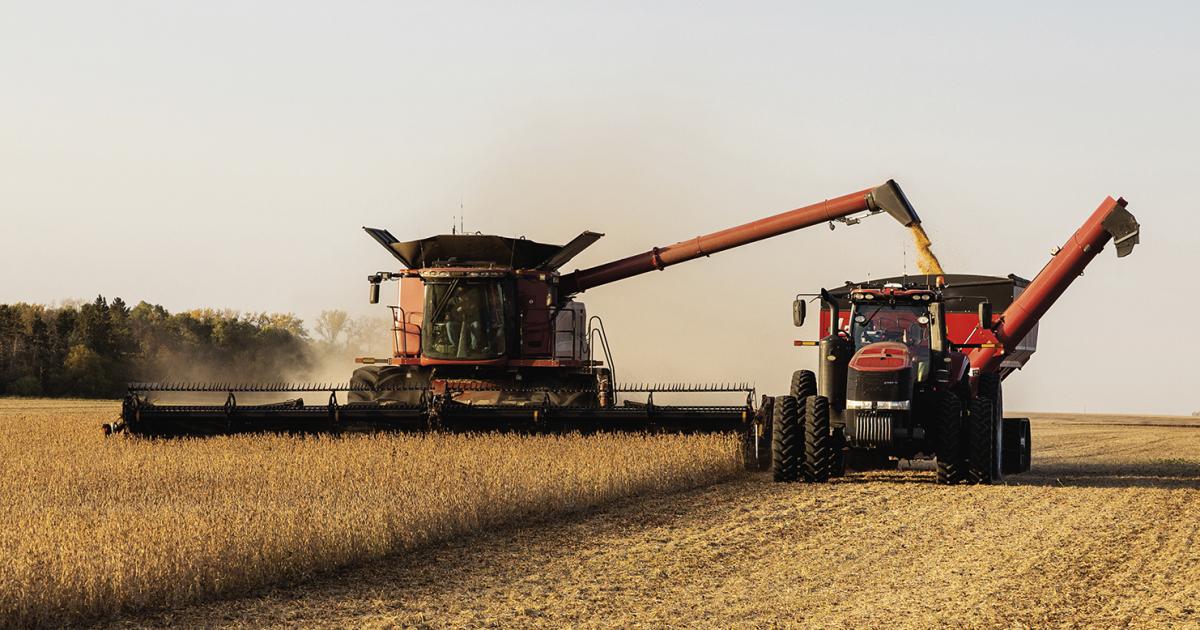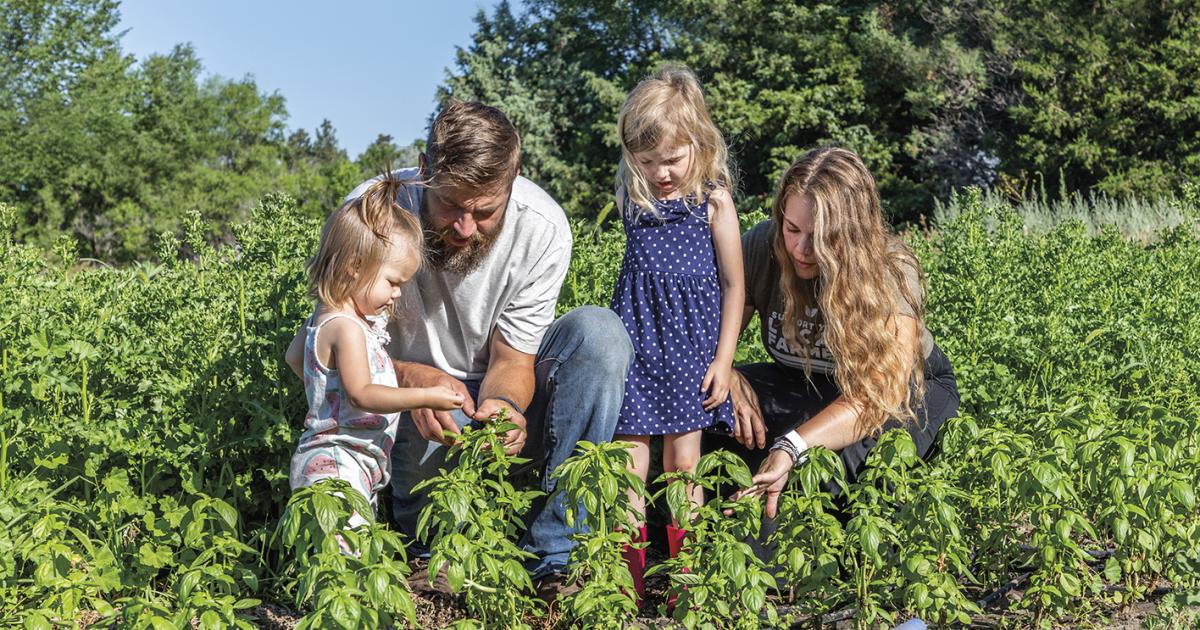The reliability of North Dakota agriculture
How important is agriculture to North Dakota’s economic well-being? In 1960, 80 percent of the new wealth generated in this state came from agriculture. How many times in the succeeding 60 years have we heard that our state’s economic milking stool needed to have more legs under it, that we were too dependent on agriculture, too dependent on the vagaries of weather and markets? Some people believe we still are.
One who thinks agriculture’s reliability should not be minimized is Neal Fisher, administrator of the N.D. Wheat Commission. Fisher cites statistics that crops and livestock, combined, have generated between $7 billion and $8.5 billion in all but two of the past 12 years. If you add crop insurance and government payments, Fisher says, the annual new wealth from those two agricultural sectors has been between $8 billion and $10 billion in all but two years since 2008.
While many people were saying that the state needed to diversify its economy, agriculture itself became diversified – primarily with the huge expansion of corn and soybean acres, the addition of crops like sunflowers and canola, and the growth of value-added ventures. The result has been a remarkably resilient, consistent and dependable source of new wealth.
This year, with a global pandemic, North Dakota’s other economic pillars haven’t fared well. Oil production fell 30 percent in May. The state’s airline passenger boardings were at 5 percent of normal in April. Meanwhile, the state’s agricultural production engine has not faltered.
Surely, the ag economy has been impacted, but not one acre was left idle due to the pandemic. While workers in the energy, hospitality/tourism and other industries have been forced to rely on unemployment benefits, farmers and ranchers have been going about their daily routine – calving cows, planting crops, putting up hay, and now bringing in the harvest.
Certainly, 2020 is an aberration. We know that. We pray that the pandemic ends soon and nothing like it happens in the future. But this year, agriculture is proving to be the North Dakota industry that is the most resilient and reliable.
Al Gustin is a retired farm broadcaster, active rancher and a member of Mor-Gran-Sou Electric Cooperative.


